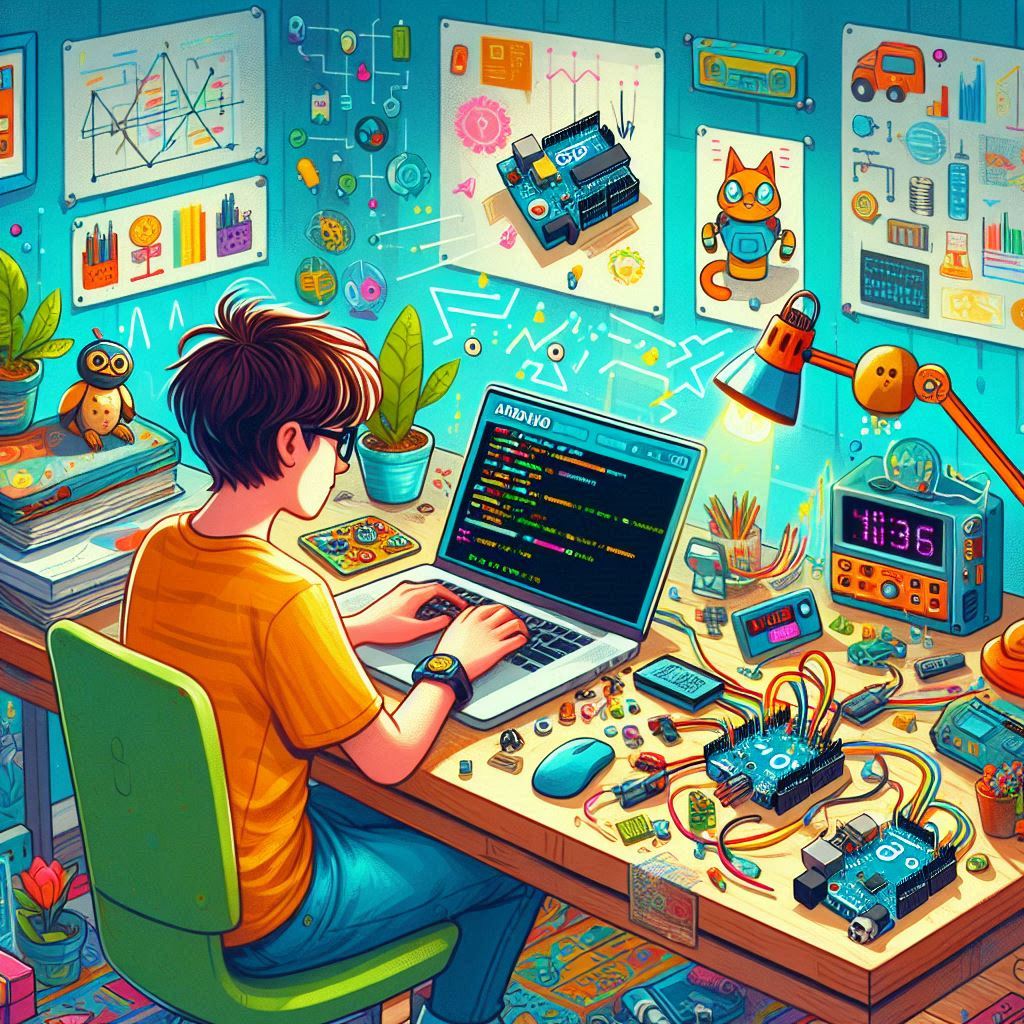
Everything You Need to Know About Arduino IDE 2.3.3: Your Questions Answered
Share
Are you ready to dive into the world of Arduino programming? Whether you're a complete newbie or a seasoned pro, the Arduino IDE (Integrated Development Environment) is where the magic happens! Recently, the Arduino IDE got an upgrade to version 2.3.3, and it’s packed with features that make coding even more exciting. Let’s break it down in a fun Q&A format!
Q1: What is Arduino IDE 2.3.3, and why should I care?
A1: Arduino IDE 2.3.3 is the latest version of the software that allows you to write and upload code to your Arduino boards. It’s like the brain behind your projects! If you're looking to create interactive devices, robots, or just want to get creative with electronics, this IDE makes the whole process smoother and more intuitive. Plus, it’s open-source, so you can tinker with it however you like!
Q2: What’s new in this version?
A2: Great question! Version 2.3.3 introduces some cool features, including:
- Improved Performance: The IDE runs faster, making it more responsive and user-friendly.
- Better Autocompletion: The IDE can now guess what you're going to write next, which can save you time while coding.
- Enhanced Library Management: Finding and managing your libraries has never been simpler. It’s all about keeping your workspace organized!
- Bug Fixes: No one likes bugs—especially when coding! This version fixes numerous bugs to ensure a smoother experience.
- Improved Serial Monitor: The new serial monitor allows users to easily send and receive messages to and from their Arduino devices, making debugging and testing much more efficient.
- Improved documentation: There are links to the official documentation, making it easier to access the resources you need when coding.
Q3: How does it improve my coding experience?
A3: Think of it like leveling up in a video game! The new features make it easier for you to focus on creating your projects rather than getting bogged down by the technicalities. The enhanced autocompletion helps you code faster, while the library management system means you can easily find the tools you need for your projects. The improved serial monitor is a game-changer for debugging, making it easier to see what’s going on in your code.
Q4: Is it hard to switch from an older version?
A4: Not at all! The interface is user-friendly, so if you’ve used previous versions, you’ll find it easy to adapt. The layout is similar, and there are plenty of tutorials available online to help you get acquainted with the new features. Plus, you get to enjoy all the new functionalities without losing what you already love about the IDE!
Q5: Can I still use my existing projects with 2.3.3?
A5: Absolutely! All your existing projects should work just fine in the new version. The IDE is designed to be backward compatible, so you can continue building on what you've already created. Just make sure to back up your projects, just in case!
Q6: Where can I download it?
A6: You can grab the latest version directly from the Arduino website. Just select your operating system (Windows, macOS, or Linux) and get started!
Q7: Any tips for new users?
A7: Totally! Here are some tips:
- Explore the Built-in Examples: The IDE comes with numerous example sketches that you can open and modify. It’s a great way to learn how things work.
- Join the Community: Check out forums, subreddits, and YouTube channels dedicated to Arduino. There’s a wealth of knowledge and inspiration out there!
- Don’t Fear the Bugs: Errors are a part of the learning process. Debugging can be frustrating, but it’s also where you learn the most.
Q8: What’s the bottom line?
A8: Arduino IDE 2.3.3 is a fantastic update that makes programming more enjoyable and efficient. Whether you’re looking to create something awesome for fun or dive into a serious project, this IDE is a solid tool in your maker toolbox. With new features like the improved serial monitor and better library management, you'll be able to focus on what really matters: your creativity! So, what are you waiting for? Grab your Arduino, fire up the IDE, and let your imagination run wild!
